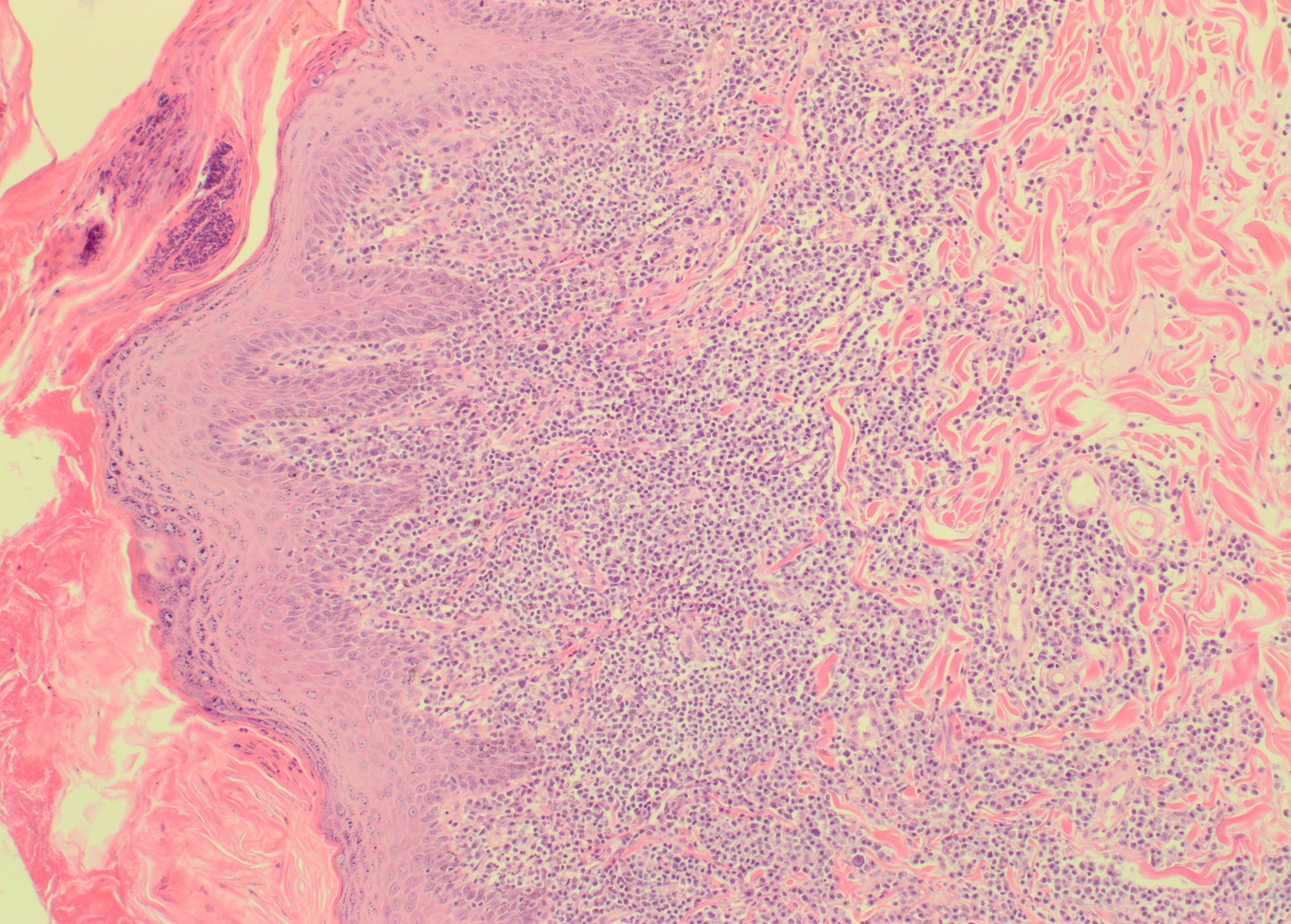Species: All
Specimen: Fixed tissue (1:10 tissue:formalin)
Container: Plain sample pottle with 10% formalin
Collection protocol:
Histopathology samples should be collected as soon as possible after death to avoid artefact and loss of diagnostic information due to autolysis and putrefaction. Some tissues autolyse very quickly, and in some circumstances (e.g. scouring calves with intestinal lesions) it is actually best to sacrifice a moribund animal for immediate post mortem and fixation, rather than to sample an animal that has been dead for hours.
Always include tissues with gross changes, even if you are doubtful of the significance. If the change occupies a large area of the tissue (>2 cm), a few small pieces from the edge and some from the deeper areas are recommended.
It is crucial to sample a range of organs, even if the cause of death or gross lesions seem obvious, since apparent lesions may not prove significant and it is rare to have another opportunity. The samples can be held in formalin for later analysis if required. For cases of sudden death in all species, we recommend at a minimum collecting the brain, heart, lungs, liver and kidney (known as the “Big Five”), with lymph node, gastrointestinal tract (rumen, abomasum, small intestine, large intestine), urinary bladder, skeletal muscle and spleen also often containing useful information.
Handle tissues gently, especially delicate endocrine organs (e.g. adrenals). Mucosal surfaces (e.g. intestine) should not be rubbed or washed before fixation.
Provide sections that include all the relevant architecture, e.g. for lung, include portions of large and small airways, and avoid extremities of lobes; don’t just sample areas of ventral consolidation but also a few areas from several lobes. For liver include a bile duct or two; for kidney ensure both cortex and medulla with pelvis are included.
Do not freeze tissues before or after fixing. Freezing does not absolutely preclude histopathology and sometimes frozen tissues can remain diagnostically useful, but generally speaking freezing induces artefact that can make histopathology very difficult.
Tissues fix best at warmer temperatures (up to 30°C, the warmer the temperature, the faster the fixation). On cold winter days, fixation can be aided by keeping the samples in a heated area.
Special handling/shipping requirements:
All samples must be shipped in leak-proof, sealed containers with appropriate labelling (i.e. UN number). Sample containers and shipping materials can be ordered from your local Awanui Veterinary laboratory. For more information, see Histopathology – General Information
Comparison with other related tests: See Necropsy

